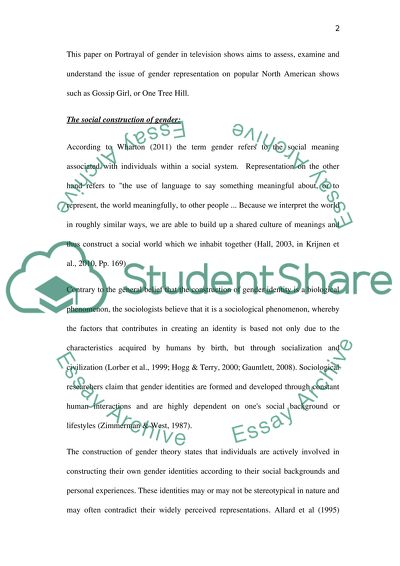Cite this document
(“Race, Ethnicity and Gender Essay Example | Topics and Well Written Essays - 1750 words - 1”, n.d.)
Retrieved from https://studentshare.org/sociology/1438965-race-ethnicity-and-gender-soc
Retrieved from https://studentshare.org/sociology/1438965-race-ethnicity-and-gender-soc
(Race, Ethnicity and Gender Essay Example | Topics and Well Written Essays - 1750 Words - 1)
https://studentshare.org/sociology/1438965-race-ethnicity-and-gender-soc.
https://studentshare.org/sociology/1438965-race-ethnicity-and-gender-soc.
“Race, Ethnicity and Gender Essay Example | Topics and Well Written Essays - 1750 Words - 1”, n.d. https://studentshare.org/sociology/1438965-race-ethnicity-and-gender-soc.


